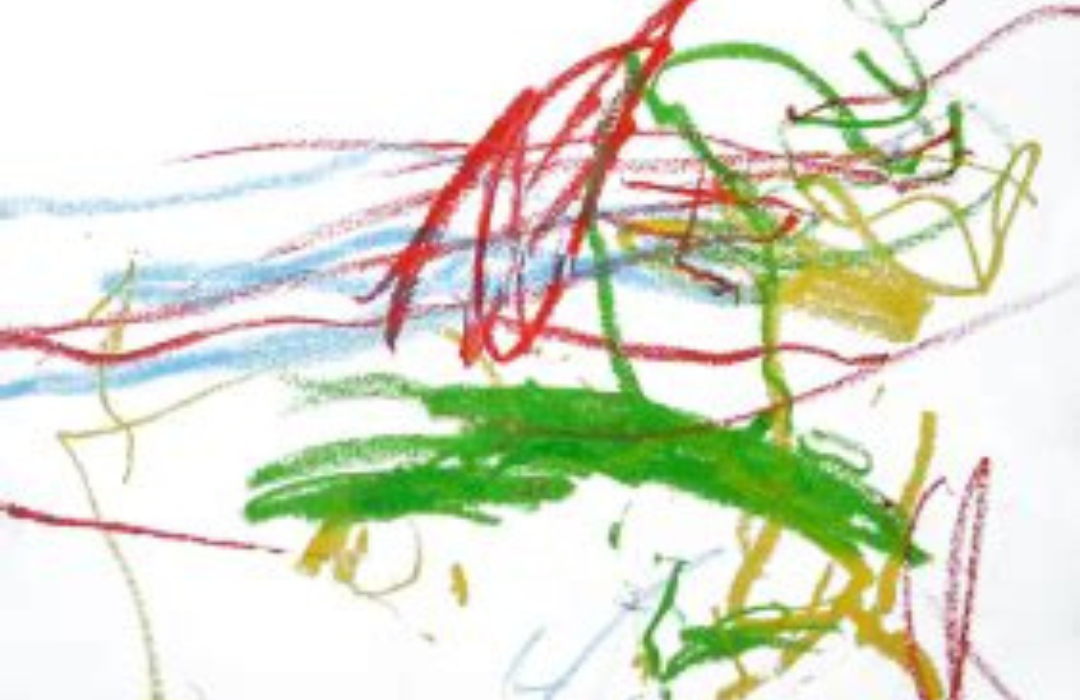
The Stages of Drawing
This page contains affiliate links for which we may be compensated
Last updated: July, 2024
As parents, we often marvel at the innate creativity of our children. From the early scribbles to more refined sketches, every stage of their drawing development is a testament to their growing imagination and fine motor skills. Understanding the stages of drawing can provide valuable insights into your child’s cognitive and artistic growth, allowing you to support and nurture their creative journey effectively.
Stage 1: Scribbling (1-2 years)
The journey of drawing typically begins with scribbling, which emerges during the toddler years. At this stage, children use a variety of marks, lines, and shapes on paper without any specific intent. While it may seem like random scribbles to the untrained eye, scribbling is an essential precursor to more deliberate forms of drawing. Encourage your child’s scribbling by providing plenty of opportunities for mark-making, such as large sheets of paper and washable crayons.

Stage 2: Pre-schematic Stage (2-4 years)
During the pre-schematic stage, children start to develop more purposeful scribbles and begin to assign meaning to their marks. You may notice them drawing simple shapes like circles, lines, and loops, which represent objects in their world, such as people, animals, and objects. This stage is characterized by experimentation with form and spatial relationships. As a parent, you can foster this stage by offering a variety of drawing materials and encouraging your child to express themselves freely.
Stage 3: Schematic Stage (4-7 years)
As children enter the schematic stage, their drawings become more recognizable and structured. They start to use symbols and basic shapes to represent objects and people, often incorporating details such as eyes, mouths, and limbs. At this stage, children may also begin to tell stories through their drawings, using their imagination to create narratives. Encourage your child’s creativity by asking open-ended questions about their drawings and providing opportunities for them to experiment with different techniques and subjects.

Stage 4: Dawning Realism (7-9 years)
During the dawning realism stage, children begin to incorporate more realistic details into their drawings, such as proportionate body parts and perspective. They may also start to use shading and other techniques to create depth and texture. This stage reflects a growing understanding of the world around them and their ability to observe and represent it more accurately. Support your child’s artistic development by exposing them to a wide range of art styles and encouraging them to explore different drawing techniques.
Stage 5: Pseudo-Realistic Stage (9-11 years)
In the pseudo-realistic stage, children strive for greater realism in their drawings, focusing on refining their skills and attention to detail. They may experiment with different mediums and techniques, seeking to capture the world around them with greater accuracy. At this stage, it’s essential to provide positive reinforcement and constructive feedback to help your child build confidence in their abilities.
Stage 6: Decision Making Stage (11+ years)
As children enter adolescence, their drawings become more sophisticated, reflecting their developing sense of self and personal style. They may begin to explore more complex themes and concepts, using drawing as a form of self-expression and communication. Encourage your teen to continue exploring their artistic interests and provide opportunities for them to showcase their work and receive feedback from peers and mentors.
Conclusion
Understanding the stages of drawing is essential for parents who wish to support their child’s artistic development effectively. By providing encouragement, resources, and opportunities for creative expression at each stage, you can help nurture your child’s natural talents and foster a lifelong love of art. Embrace the journey of drawing together, celebrating each milestone along the way as your child’s creativity blossoms and flourishes.